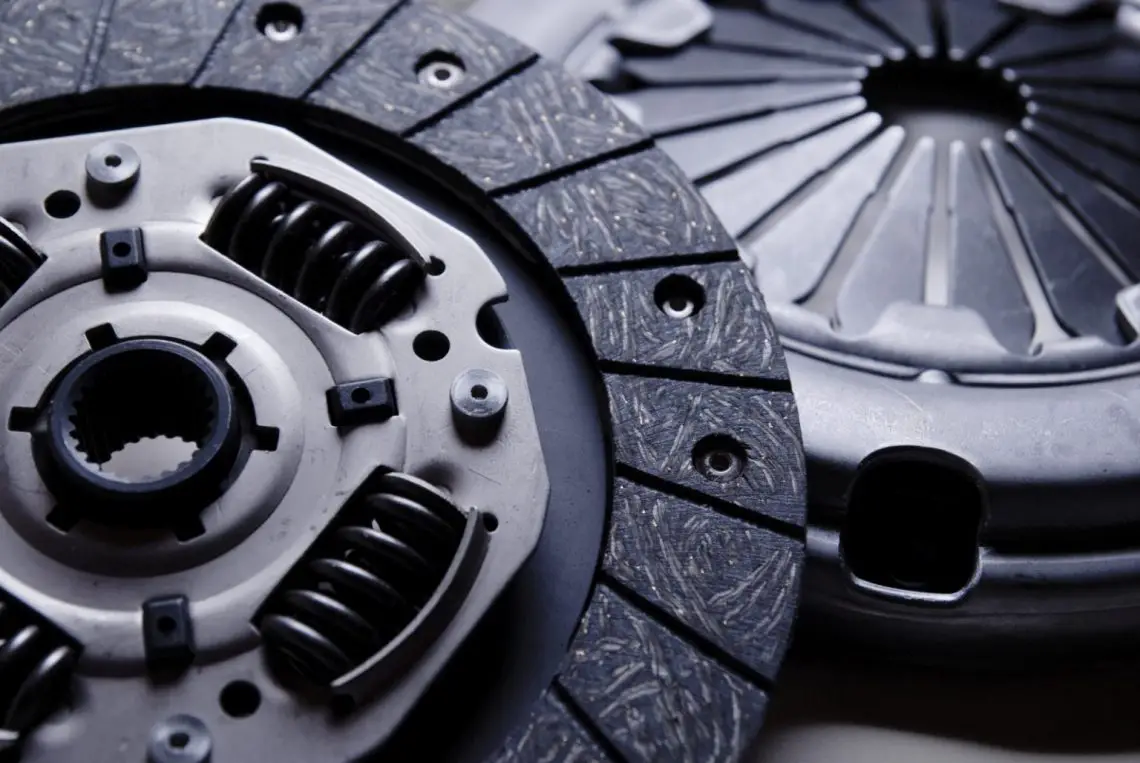Clutch pedal sticks
Clutch pedal
You do it – if all goes well – without thinking: depressing your clutch pedal when you shift gears. You blindly trust that the clutch pedal will come back up afterwards. But sometimes that doesn’t happen. It is possible that something is blocking the clutch pedal and then you need to free the pedal again. But the problem may have already announced itself in the form of a spongy feeling in the clutch pedal, but that you didn’t think about it further.
Change clutch fluid
The first remedy is to change the clutch fluid – with which the hydraulic system pressurizes the clutch. In fact, perhaps the fluid is contaminated and the flow in the system is impeded. However, it is also possible that there is a leak(s) in the system and that air is entering. It does not mean that the hydraulic system of the clutch itself is defective.

Venting the system
If there is air in the system, it should come out, even if you have changed the fluid. Some systems come with a bleed nipple and if there isn’t one, it’s a matter of disconnecting pipe at the highest point. In either case, you must then depress the clutch pedal, reattach the line properly or close the nipple, refill the system with the correct fluid and close it again. You must repeat this exercise until no more air comes out of the pipe. Don’t spill liquid and collect it all neatly, because it’s junk.
Clutch cylinder
You have to imagine that the clutch pedal and the clutch cylinder are mounted on either side of a pipe: the clutch pedal is under your foot and on the other side of the pipe is the clutch cylinder. This operates a lever on the clutch housing under pressure from the fluid in the system. That lever ultimately causes the transmission to (dis)couple.
Clutch cylinder broken…
So it could also just be that that clutch cylinder is broken. The thing contains several plastic parts, one of which may be broken or cracked, allowing liquid to escape and air to enter. Matter of having it replaced, then.
… or is it?
If the clutch cylinder does operate the lever on the clutch housing properly, the problem may be deeper, in the clutch itself, in the pressure plate. That pressure group is part of the reason that the clutch pedal comes back up when you let the pedal up. A small part of that movement is controlled by a spring. That requires disassembly of the gearbox, and that’s not a job for the do-it-yourselfer on a Saturday afternoon.
Hydraulic fluid
A piece of physics: you can’t compress liquid, but you can compress air. With the clutch pedal, you build hydraulic pressure that disengages the clutch plates, allowing you to shift gears. Technical story, but we won’t elaborate on that. That system today works with hydraulic fluid, which moves the piston in the clutch cylinder when you press the clutch pedal. If that system has a leak, fluid is lost and air enters the system. So if there is air in the system, which does allow itself to be compressed, the pressure on the piston in the clutch cylinder does not build up sufficiently when you depress the clutch pedal. That eventually “sticks” at the bottom, preventing you from disengaging and shifting gears.
Also read:

